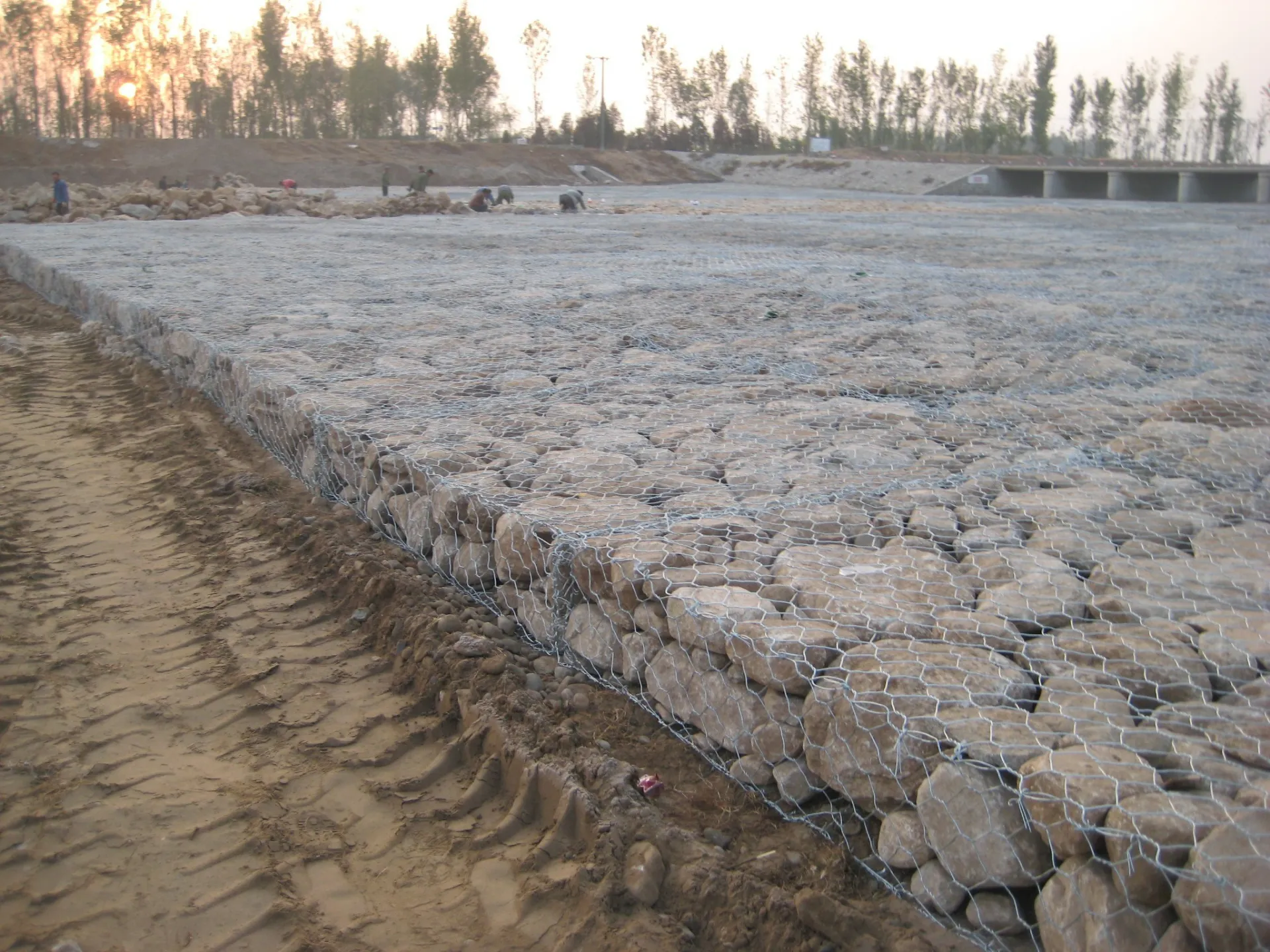-
 Phone:
Phone: -
 Email:
Email:

tie wire per kg of rebar
Understanding Tie Wire and its Relationship with Rebar Weight
In the construction industry, various elements play crucial roles in ensuring the integrity and stability of structures. Among these, rebar, or reinforcing bar, is an essential component used to strengthen concrete. In conjunction with rebar, tie wire is equally significant for securing rebar in place during the pouring of concrete. In this article, we will explore the concept of tie wire, its applications, and its relationship to the weight of rebar, measured in kilograms.
What is Tie Wire?
Tie wire is a type of thin, flexible wire used primarily in construction to bind materials together. It is made from steel and comes in different gauges, which dictate its strength and flexibility. Tie wire serves multiple purposes; however, its most critical application is in securing rebar to prevent shifts or displacements during the concrete pouring process. This ensures that the reinforcement remains in the desired position, which is vital for achieving optimal structural strength.
Importance of Tie Wire in Reinforcement Applications
When constructing reinforced concrete structures, the precise arrangement of rebar is crucial. The placement of rebar affects the tensile strength of concrete, as concrete has high compressive strength but low tensile strength. Using tie wire helps to maintain the structural integrity of the rebar framework, ensuring that each bar remains stationary and properly aligned.
Moreover, tie wire is often used in conjunction with other fastening methods, such as rebar clips and ties, to enhance stability. Its lightweight and flexible nature make it an efficient tool for connecting multiple rebar intersections, allowing for quick adjustments and a secure hold. The use of tie wire can also contribute to the overall efficiency of a construction project by minimizing the need for additional fastening equipment.
Tie Wire per Kg of Rebar
tie wire per kg of rebar

A pertinent question in construction projects is the effective usage of tie wire concerning the amount of rebar employed. Typically, tie wire consumption is calculated based on the weight of rebar, measured in kilograms. The amount of tie wire required will depend on several factors, including the density of the rebar grid, the spacing between rebar pieces, and the specific application demands.
On average, construction professionals may use approximately 1 to 2% of the weight of rebar in tie wire. This percentage can vary based on the complexity of the rebar layout and the particular structural requirements. For example, a project involving a highly intricate rebar mesh may require more tie wire compared to a straightforward installation.
Economic and Environmental Considerations
From an economic perspective, understanding the ratio of tie wire to rebar is essential for budgeting and resource allocation in construction projects. Efficient use of tie wire not only helps to reduce costs but also minimizes waste, contributing to sustainability in construction practices.
Moreover, as the industry moves toward greener alternatives, using recycled tie wire or investigating biodegradable options may present opportunities for reducing environmental impact.
Conclusion
In summary, tie wire plays an invaluable role in the construction industry, particularly in reinforcing concrete structures. Its relationship with rebar weight measured in kilograms is crucial for determining the appropriate amount needed to ensure structural integrity and efficiency. Proper understanding and strategic application of tie wire not only enhance construction processes but also support economic and sustainable practices in building. As the construction sector continues to evolve, the importance of such auxiliary materials cannot be overlooked, as they contribute significantly to the overall quality and durability of constructed environments.
-
Wire Mesh for Every Need: A Practical SolutionNewsJul.25,2025
-
Steel Fences: Durable, Secure, and Stylish OptionsNewsJul.25,2025
-
Roll Top Fencing: A Smart Solution for Safety and SecurityNewsJul.25,2025
-
Cattle Farm Fencing Solutions for Maximum SecurityNewsJul.25,2025
-
Affordable Iron Binding Wire SolutionsNewsJul.25,2025
-
Affordable Galvanized Wire SolutionsNewsJul.25,2025
-
Wire Hanger Recycling IdeasNewsJul.25,2025








